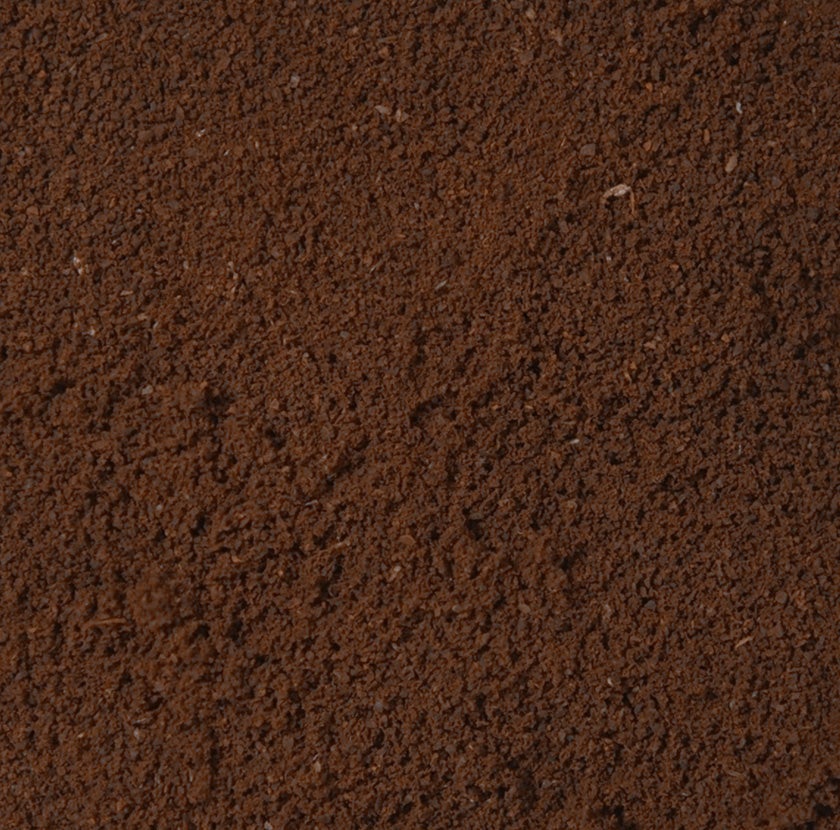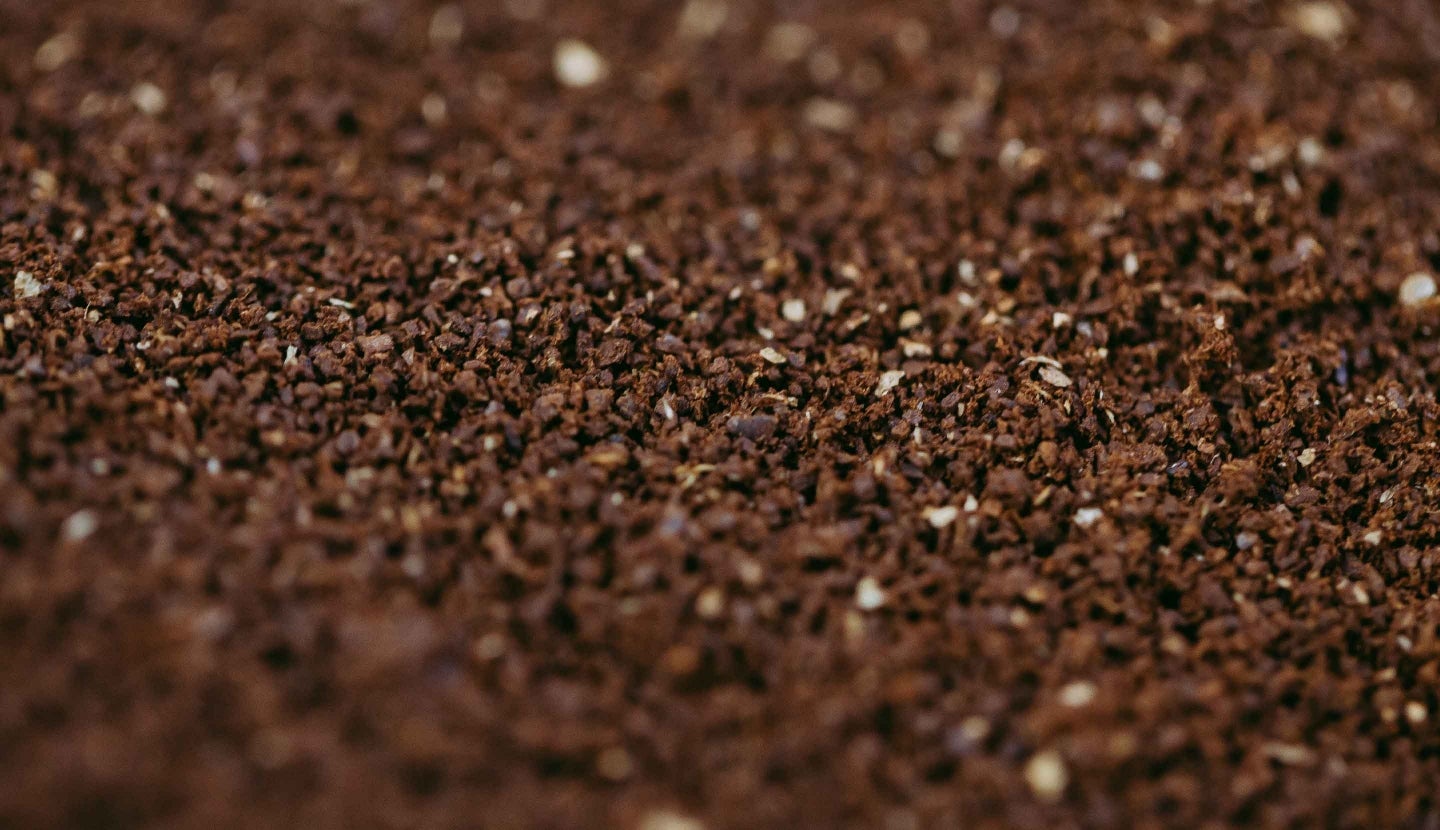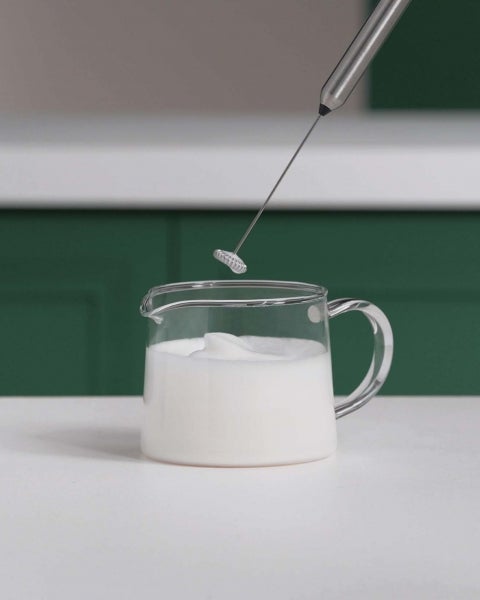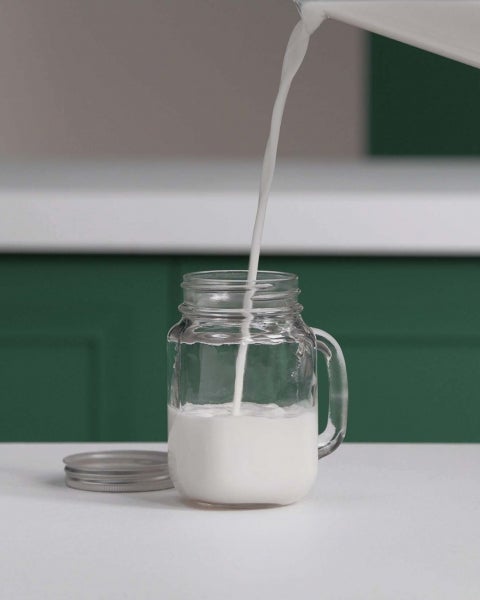Nestlé uses Starbucks trademarks under license. Pike Place is a registered trademark of The Pike Place Market PDA, used under license. Nespresso® and NESCAFÉ® Dolce Gusto® are registered trademarks of Société de Produits Nestlé S.A. All other trademarks are the property of their owners.
EXPLORE OUR HOME RECIPES
A good grind is the first step to an exceptional brew. This guide will show you the different types of coarseness of coffee grounds and how to achieve a consistent grind each time.

Coarse ground coffee
A coarse grind resembles coarse sea salt in consistency. With a larger surface area, it’s ideal for any immersion brew—be it coffee press, coffee press cold brew or Mason jar cold brew.

Medium ground coffee
A medium grind resembles sea salt in consistency. This grind ensures the perfect extraction of flavour from the beans—ideal for brewing with a Chemex, coffee machine or Moka pot.

Fine ground coffee
A fine grind resembles granulated sugar in consistency. In pour over recipes—where grind size is everything—try not to grind too coarsely or finely as this affects the taste of your cup.
The Differences Between Burr vs. Blade Grinders




